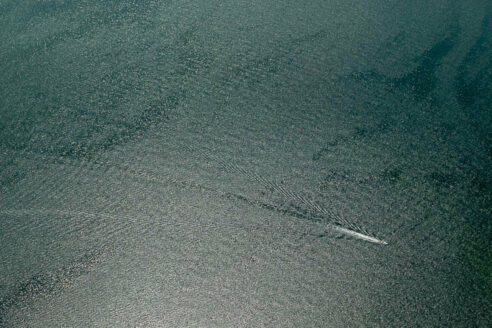Tagged Stories: "monitoring"
Bridging the gap between modeling and monitoring
May 14, 2024The new Bay TMDL Indicator refines how water quality in the Chesapeake watershed is measured
Read story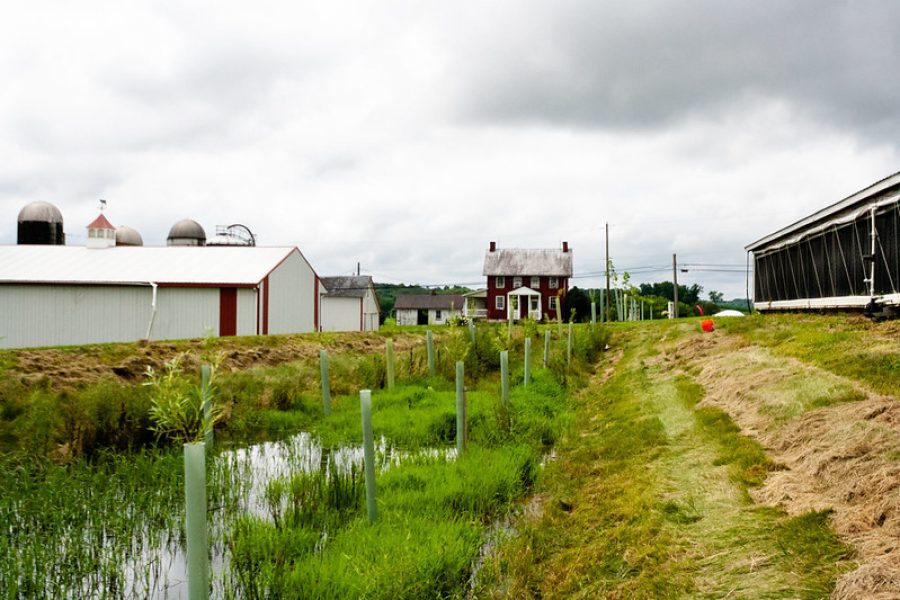
The Bay Program revamps the Chesapeake Healthy Watershed Assessment
February 20, 2024Explore conditions across the watershed with this updated tool
Read story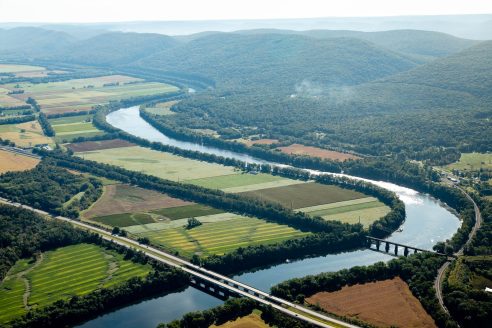
10 reasons to be hopeful about the Chesapeake Bay in 2024
January 19, 2024Rebounding oysters, shrinking dead zones and unprecedented funding gives us hope
Read story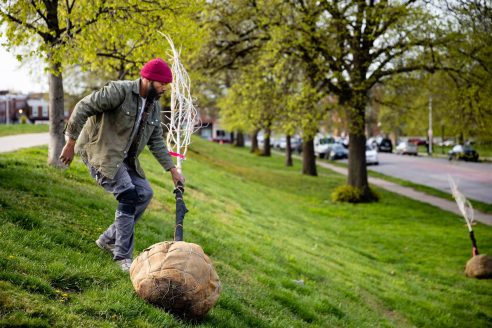
Recent data show a slight dip in the Chesapeake Bay’s water quality
October 17, 2023Monitoring stations across the watershed show mixed results in the amount of pollution measured
Read story
Six key programs that monitor the health of the Chesapeake Bay watershed
April 17, 2023Detecting changes over time guides environmental protection
Read story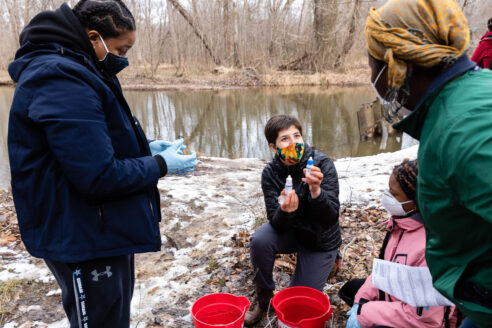
My Clean Water Story: Peter Tango
November 18, 2022Our monitoring coordinator is still trying to scratch the “water quality itch”
Read story
Bay’s dead zone is predicted to be 13% smaller this summer
June 28, 2022Thank cooler temperatures and less rainfall for a below average hypoxia forecast
Read story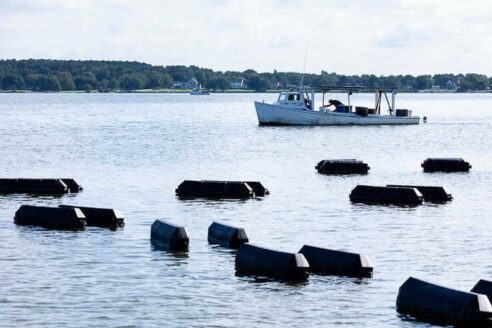
Getting to know the guardians of the Severn River
June 24, 2021Every summer, you can find the Severn River Association patrolling its 51 monitoring stations
Read story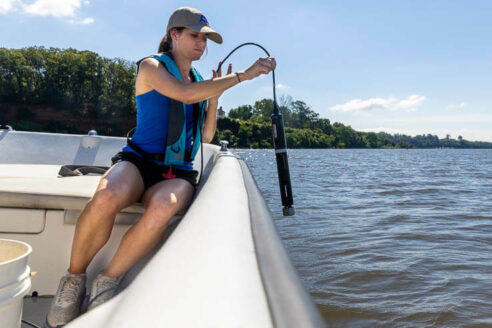
Taking a deeper dive on oxygen in the Chesapeake Bay
September 29, 2020New monitoring technology is helping scientists better estimate dead zones
Read story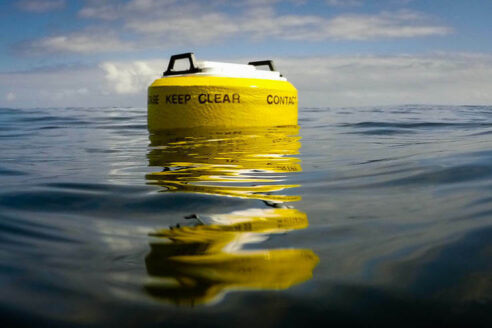
Smaller-than-normal dead zone predicted for the Chesapeake in 2020
June 17, 2020Below-average spring rainfall brings less nitrogen pollution into the Bay
Read story